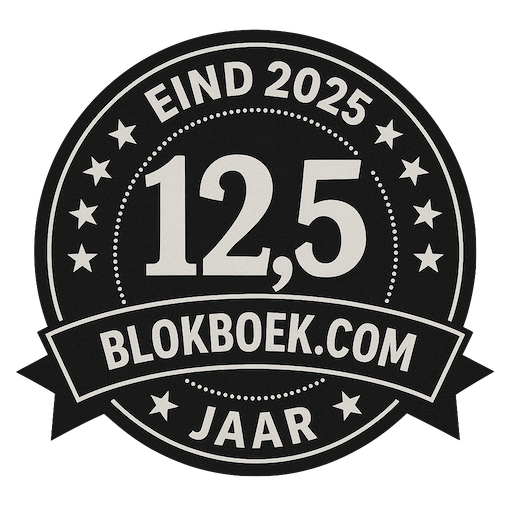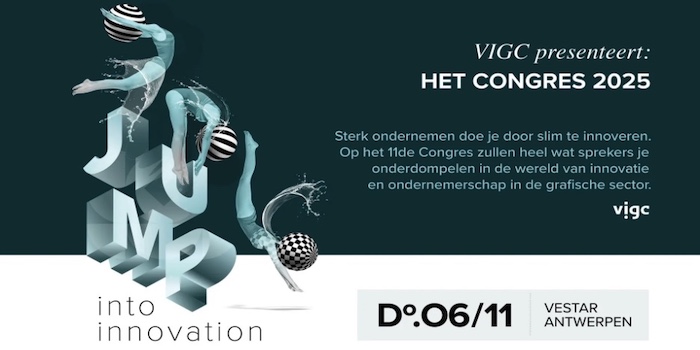Laurel Brunner: An Environmental Declaration for Print
 We hear a lot these days about the circular economy, the idea that basically what goes around as goods and resources comes around as raw materials. The circular economy concept is about using waste as a new raw material or as a component in raw materials, like turning waste paper into pulp for new papers or adding reprocessed plastic pellets to concrete. The circular economy get dressed up in some very complicated language, but that’s the basic gist of it.
We hear a lot these days about the circular economy, the idea that basically what goes around as goods and resources comes around as raw materials. The circular economy concept is about using waste as a new raw material or as a component in raw materials, like turning waste paper into pulp for new papers or adding reprocessed plastic pellets to concrete. The circular economy get dressed up in some very complicated language, but that’s the basic gist of it.
What matters about this idea from print’s perspective, is that the graphics industry could be making a massive statement about its contribution to the circular economy. And there is a lot to say, from the reliability and probity of print, through to the fact that it is based on a harvested and renewable resource. Unsurprisingly the graphics industry doesn’t shout out loud when it comes to its environmental credentials, but that has to change.
The industry needs some sort of environmental declaration, a kind of mission statement for print that explains why and how the graphics industry makes a positive contribution to the environment. We must go far beyond bragging about the sustainability credentials of paper, and turn the conversation away from recycling and towards media effectiveness as well as its sustainability.
Digital technologies are responsible for both cannabalising traditional printing and publishing, and creating an exciting environment for new print and communications possibilities. Digital media coexist with conventional physical media and the two can be exploited to create powerful and enduring dialogues. Those dialogues can occur across media channels and of course with audiences, like entertainment narratives that develop over time.
This combination of digital and physical media is a unique platform for extremely sophisticated media relationships based on long and multifaceted storylines. It is these relationships and their power to deliver results for brand owners that will keep printed material relevant, compelling and durable. But this only works if we get on and start doing it.
How we think of media depends on where we sit on the spectrum of its creation, production, distribution, use and end of life. Media supply chains should be encouraged towards full life-cycle thinking and consider how print contributes to improving the environment and supporting circular economies. We should be able to express this in a coherent environmental declaration that stresses print’s role in accelerating buying decisions. We must go beyond a defense of print based on paper and celebrate its role as an enabler.
Laurel Brunner
The Verdigris project is an industry initiative intended to raise awareness of print’s positive environmental impact. It provides a weekly commentary to help printing companies keep up to date with environmental standards, and how environmentally friendly business management can help improve their bottom lines. Verdigris is supported by the following companies: Agfa Graphics, EFI, Epson, Fespa, HP, Kodak, Kornit, Ricoh, Spindrift, Splash PR, Unity Publishing and Xeikon.

De trainingen voor 2022 staan gereed. Kijk voor het volledige online aanbod van bestaande- en nieuwe trainingen op de website.
BLOKBOEK.COM EN PRINTMEDIANIEUWS: HET OPTIMALE DOELGROEP BEREIK



















